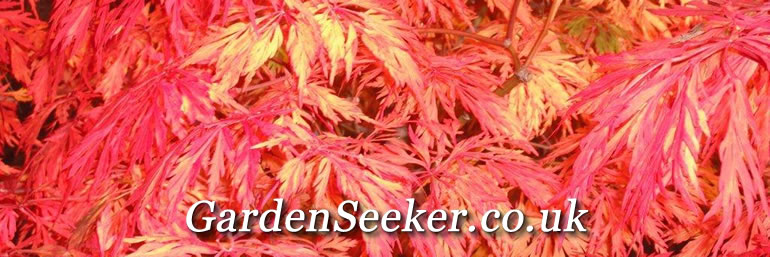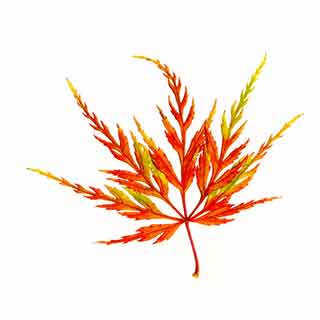

Kentia Palms are normally sold as three or four plants in the same pot to give the illusion that it is a branching palm tree. Not so! Kentia - or Howea forsteriana to give it its proper name - is a single stemmed palm tree - much as the coconut palms you see in the travel brochures. (That is why it is often referred to by its other common name of the 'Sentry Palm'!
However put a few in a pot bundled together, and you have the bushy looking palm that is so popular as a large architectural houseplant.
Kentias are easy to grow and care for - providing you have the right conditions and can keep it in the manner it is used to!
It should not be mistaken for a hardy palm, for it is a tender tropical plant that will succumb at the first frost - or sooner in cold spells outdoors.
Our interest on this page is the Kentia Palm as a houseplant.
 Kentia
Palm - A huge palm in the wild - but also good as a houseplant.
Kentia
Palm - A huge palm in the wild - but also good as a houseplant.
The Plant: An elegant palm with gently waving fronds arising from
a central stem.
Its needs: The Kentia can grow in shade or semi-shade, but avoid
direct light. The potting mix should be enriched with
organic matter,
and ‘crocks’ or pebbles in the bottom of the pot will improve drainage.
Warmth and humidity are the most favourable growing conditions.
Care: Mist spray or sponge down the leaves in hot dry weather,
(even a gentle shower in the bath!) Do not allow the plant to sit in
soggy compost in the winter. Avoid placing the Kentia Palm in draughty
areas. Watch for
scale pest,
mealy bug or
red spider mite.
Good for: An elegant palm, not too overpowering, useful for shady
corners. If re-potted into a big container the Kentia may outgrow its
place. Easy to look after. Peaceful.
The main method of propagation is seed sowing, but not for the indoor palm. The best you can do is to carefully divide the plants up into separate beings. But, then you end up with a single stemmed Palm Tree.
The two main pests that will affect it as a houseplant or when grown under glass is the Red Spider Mite and Scale insect. If the palm look a little poorly, these should be your first suspicions.
